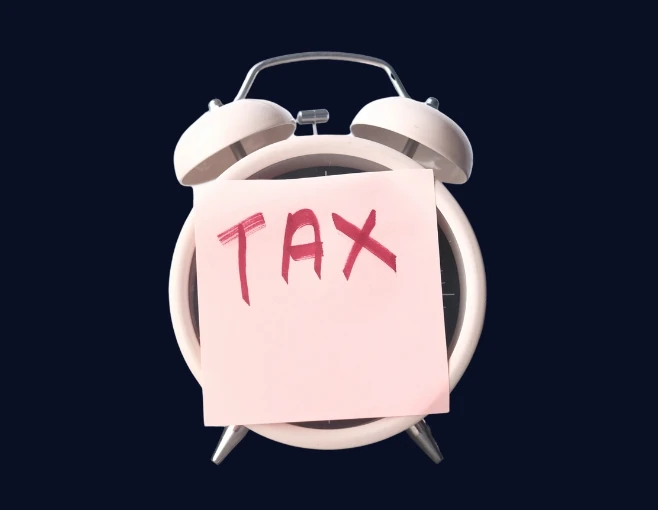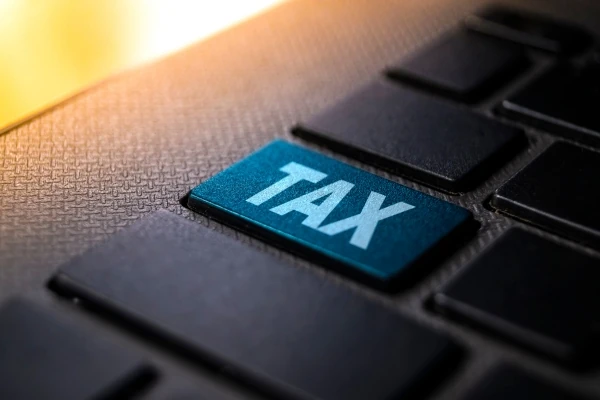What Is Making Tax Digital and How Will It Affect You and Your Business?
Making Tax Digital (MTD) is a UK Government initiative launched by HM Revenue & Customs (HMRC) to modernise and simplify the tax system. Its aim is to make tax administration more effective, more efficient, and easier for taxpayers to get right. Under MTD, businesses and individuals must keep digital financial records and submit tax returns using HMRC-approved software, rather than paper forms or manual spreadsheets.
So, what is Making Tax Digital really about and how does it affect you? In simple terms, it’s about moving away from traditional paperwork and ensuring that your tax records are accurate, up to date, and stored digitally. For most businesses, this means using compatible accounting software to record income and expenses and send regular updates directly to HMRC.
Whether you’re a sole trader, landlord, or limited company, staying compliant with MTD is essential to avoid penalties and keep your tax affairs in good order. This guide breaks down who needs to comply, when, and what practical steps you need to take.
Tip: If you’re not already using online accounting software, see our guide to the advantages of online accounting to help you choose the right solution for MTD.
Understanding Making Tax Digital
Making Tax Digital officially launched in April 2019 with the aim of reducing tax errors, streamlining processes, and improving accuracy by moving businesses away from paper records and manual data entry. By digitising how records are kept and returns are filed, HMRC hopes to close the tax gap and make it easier for businesses to get their tax right the first time.
Under MTD, certain taxpayers must:
- Keep digital records: Maintain up-to-date digital records of all income and expenses using software or apps.
- Use MTD-compatible software: Submit tax returns and updates through software that’s recognised by HMRC – spreadsheets alone don’t count unless they link to bridging software.
- Submit returns more frequently: For VAT-registered businesses, this means submitting VAT Returns digitally every VAT period. For self-employed people and landlords, MTD for Income Tax will require quarterly updates instead of one big annual return.
For full details on deadlines, exemptions, and compatible software, you can check the official HMRC Making Tax Digital guidance.
Who Does MTD Apply To?
Making Tax Digital applies to different types of taxpayers in phases with new groups being brought in over time as HMRC rolls out the initiative more widely.
MTD for VAT
Since April 2022, all VAT-registered businesses no matter what their turnover is must follow MTD rules. This means you must keep VAT records digitally and use MTD-compatible accounting software to submit your VAT Returns. Spreadsheets on their own aren’t enough unless they’re linked to bridging software that meets HMRC’s requirements.
Tip: If you’re newly VAT registered, check our guide on how to register for VAT for extra help.
MTD for Income Tax (MTD for ITSA)
From April 2026, self-employed sole traders and landlords with an annual business or property income over £50,000 will need to join Making Tax Digital for Income Tax Self Assessment (MTD for ITSA). This threshold will drop to £30,000 from April 2027. Instead of filing a single annual Self Assessment tax return, you’ll submit digital quarterly updates plus a final end-of-year declaration, all through HMRC-recognised software.
MTD for Corporation Tax
HMRC has formally confirmed it will not proceed with Making Tax Digital (MTD) for Corporation Tax, drawing a line under years of uncertainty over its potential rollout. HMRC’s focus will now turn to upgrading legacy internal systems, improving digital services incrementally, and working with stakeholders on alternative reforms tailored to the “diverse CT population”.
Remember: Keeping up to date with these deadlines is crucial to avoid penalties and keep your business compliant.










